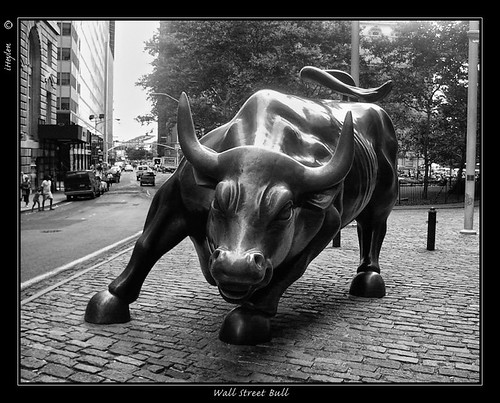
Karen Olsson’s New York Times Magazine profile of Swedish actress Noomi Rapace features some insights about managing different emotional, neurological and psychological states. “I want to keep being able to change into different shapes and different personalities,” Rapace told Olsson.
Rapace trained in Thai boxing for Lisbeth Salander in The Girl With The Dragon Tattoo (2009). She met with a psychiatrist for Daisy Diamond (2007). For Prometheus (2012), “Rapace tried to cultivate an explosive power. She wanted to be like a cat, she says, nimble and powerful but still feminine.”
Physical training enables Rapace to model and to access different emotional and psychological states:
In anticipation of each part she plays, Rapace chooses a training regimen (or, sometimes, a lack thereof) not simply to get in shape but to adjust her relationship with her body. To become Lisbeth Salander, she Thai-boxed and kickboxed, because she wanted to awaken her fighting spirit. Before appearing in “Sherlock Holmes: A Game of Shadows,” Rapace’s first Hollywood movie, she stayed away from the gym, which she said would have been wrong for her Victorian-era-gypsy role, but she studied with a gypsy-dance expert. And for “Passion,” the film she came to Berlin to do, she decided on Bikram yoga, because she felt that its regimented sequence of poses would appeal to her character, Isabelle — “a control freak,” she called her.
Rapace developed the ability to shift into different emotional and physical states during childhood but had to mediate this skill as a mother:
Once Rapace has taken on a role, her impulse is to part with the everyday world, which is to say her everyday consciousness, in favor of the character’s. “When I was younger, I went really deep, as deep as I could, leaving the world behind and stepping into another universe,” she says. “But when I had my son, I had to find a way to be aware of what’s what.”
Olsson captures the range of childhood experiences and acting roles that Rapace can draw on to shape her characters. These included living in Solheimar, Iceland, with Downs Syndrome people; playing alone and having early acting roles; judo training; and attending a Stockholm drama school where she experimented with her social persona. These developmental and learning contexts gave Rapace a repertoire of states of consciousness that she could anchor, chain, and use to design different acting experiences. On playing Blanche in Tennessee Williams’ A Streetcar Named Desire, Rapace said she was “The first character that was running through my veins. I was a little bit psychotic. After shows I didn’t remember what happened.”
For NLP and Ericksonian Hypnosis practitioners, there’s a wealth of material in Olsson’s profile of Rapace to work with. In childhood Rapace developed a controlled form of disassociation from external reality, inward trance, and the ability to access internal emotional, neurological and psychological states as resources. She could alter her subjective universe to become a different person and to move toward a frame of deep identification. She learned to mediate this in social personas — which stunned Hollywood executives who had expected her to be like Lisbeth Salander. Acting roles became a vehicle for creative experimentation and self-growth. When she finished a role, Rapace moved away from it. Physical training provided the kinasthetic anchors for her different states. Rapace thus conceived a strategy for state management that can be modelled and used in non-acting contexts.
